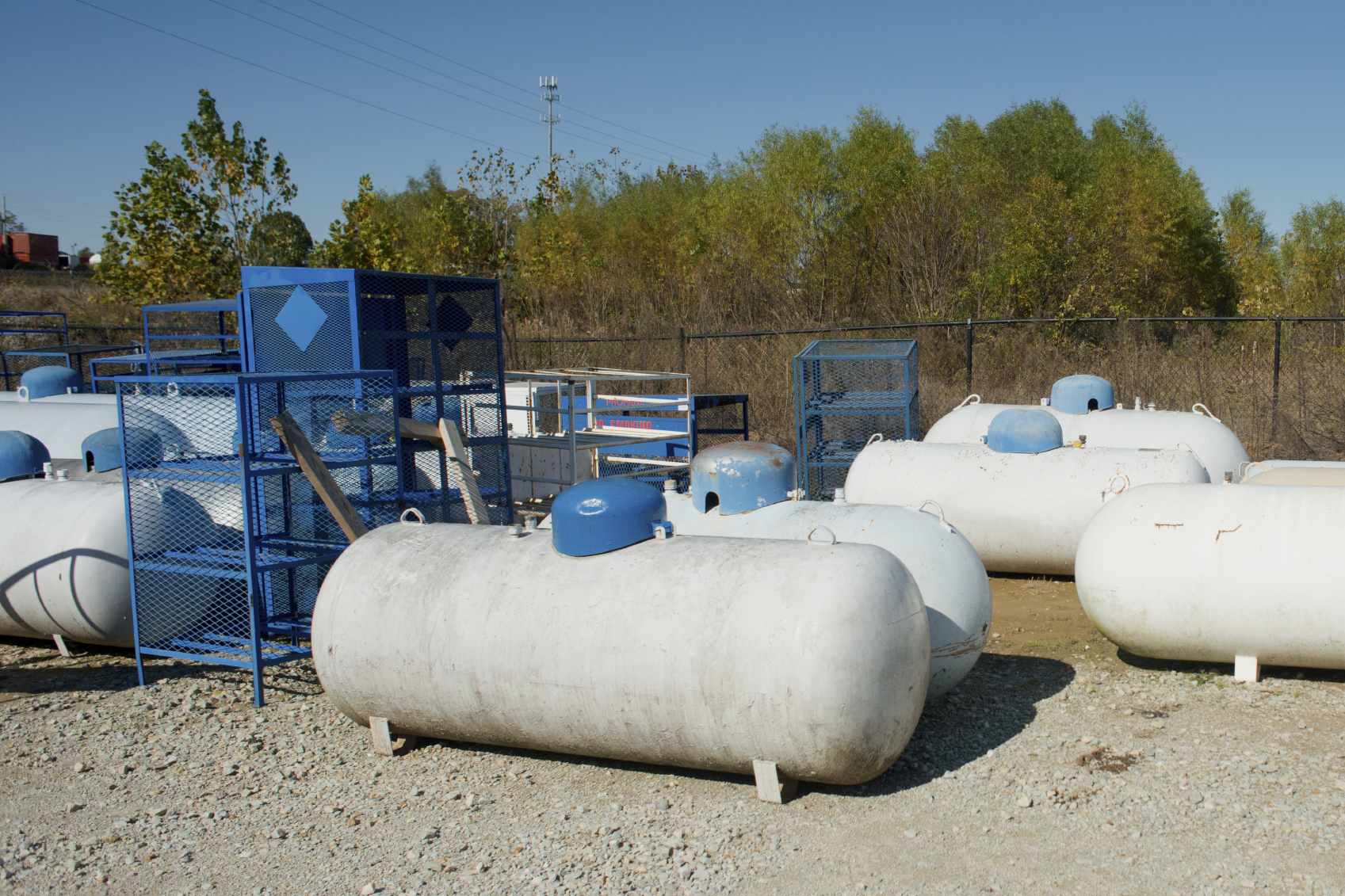
Finding the original refrigerant for an existing system can be a daunting task. But don’t worry, alternative refrigerants are out there – the trick is finding the right one.
Back in the day, the original refrigerants, such as ammonia, carbon dioxide, sulfur dioxide and water, were all naturally occurring. And they all had drawbacks. Ammonia and sulfur dioxide are toxic, CO2 needs higher pressures to operate effectively, and water is not as efficient.
In an effort to offer a more efficient refrigerant (that could actually be sold to the public), the first artificial refrigerants, chlorofluorocarbons (CFCs), were invented. The longstanding favorite type of CFC was R-12, which is no longer produced.
Why discontinue the favorite?
The properties that make CFCs stable are the same properties that make them harmful to the environment. Chlorofluorocarbons leak out of systems, find their way into the atmosphere, and then ultimately the stratospheric ozone layer, where UV radiation from the sun causes CFCs to break down and combine into different compounds. Since this break-down reduces the effectiveness of the ozone layer, which protects us from harmful levels of UV radiation, CFCs were phased out and can no longer be produced.
The next development in refrigerants was hydrofluorocarbons (HFCs). The most popular HFCs are R-22 and R-134a. These refrigerants are typically destroyed in the atmosphere relatively quickly, but there is evidence that they contribute to global warming. This will likely cause these refrigerants to be phased out in the near future.
CFCs and HFCs are evil; so now what?
Another option includes mixing refrigerants. The two types of mixtures are Azeotropic and Zeotropic. Azeotropic mixtures are more likely to maintain constant boiling and condensing points, but in Zeotropic mixtures, the boiling and condensing point can change slightly due to the different refrigerants being mixed. The most popular of these is R-404A and R-410A. The goal of mixing refrigerants is to produce one refrigerant with similar properties. Usually, switching refrigerants means installing new equipment, which can be costly. It may help to get some assistance to determine if retrofitting or replacing the system is the better option.
What’s next?
The future is unclear. The refrigerant front runner depends on the application. Ammonia has been used for larger systems for quite a while and will likely continue. Carbon dioxide has some promise in cars and store refrigeration, but the high pressures involved are problematic. Propane, widely used in Europe, is being considered as a refrigerant, but the flammability causes concern.
On the flip side of these natural refrigerants, there is R-1234yf, which is being considered in cars. Cars are the golden goose of refrigeration, since there are a lot of them; they eventually leak, and most importantly, many need to be recharged.




